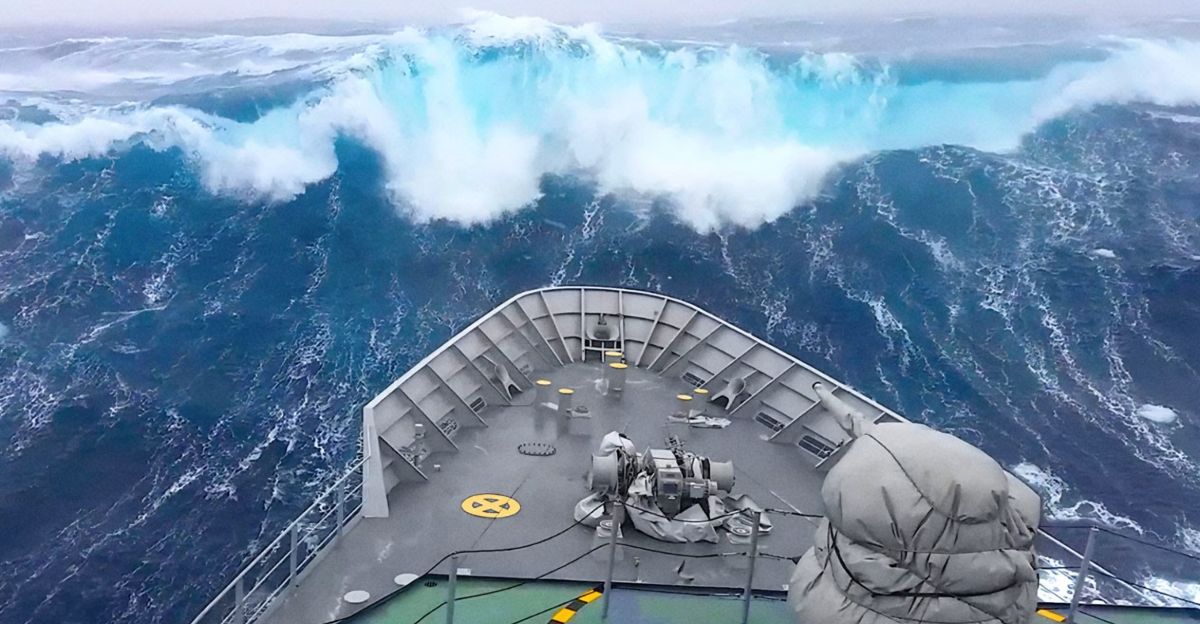
One night in November 2020, a lone buoy bobbing off the coast of British Columbia witnessed something no human eye would’ve been able to detect—something no one would’ve believed either.
A lone, massive wave rolled off the ocean, towering 17.6 meters (or 58 feet) above the surface of the water. The buoy was tossed around by it, only to disappear as abruptly as it had appeared. What happened wasn’t just a marvel” or “wasn’t just astonishing—it was the creation of scientific history.
This wasn’t simply another massive wave. This was the most extreme rogue wave ever recorded. And the story behind it? Stranger, scarier, and more enthralling than fiction.
What Is a Rogue Wave, Anyway?
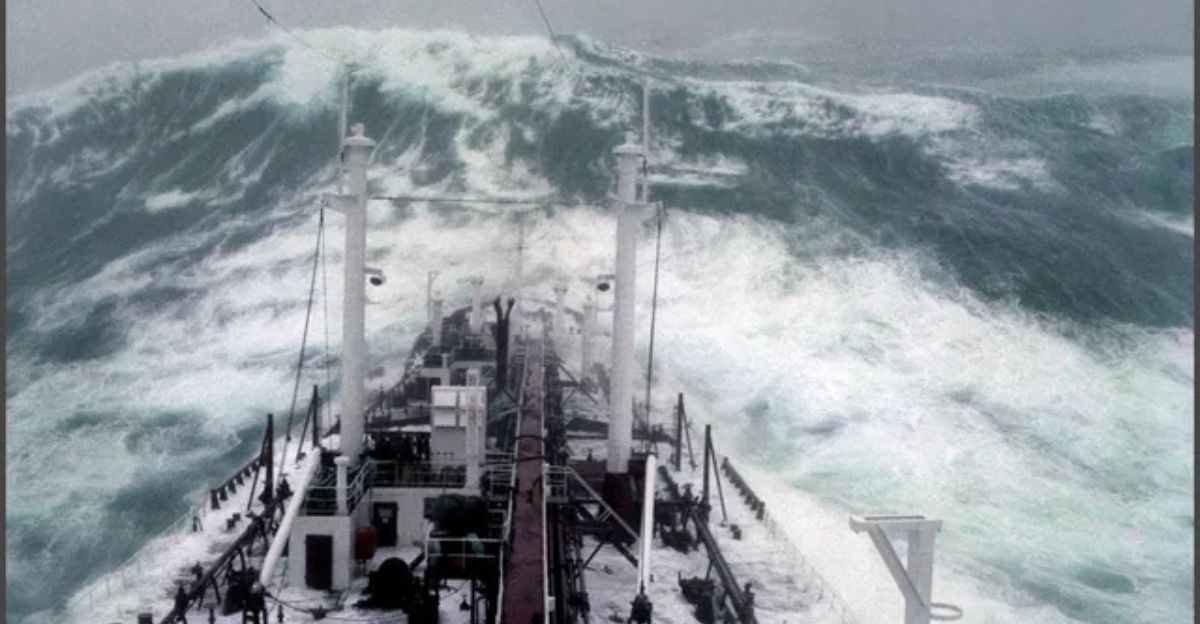
Rogue waves are towering monsters that appear without warning, walls of water more than twice the height of surrounding waves. Unlike tsunamis caused by quakes or landslides, rogue waves rise and vanish mysteriously. Sailors once dismissed them as myths, but that changed after one terrifying event in 1995 (the Draupner wave off Norway). Since then, rogue waves have gained scientific credibility, and deadly seriousness.
From Myth to Reality
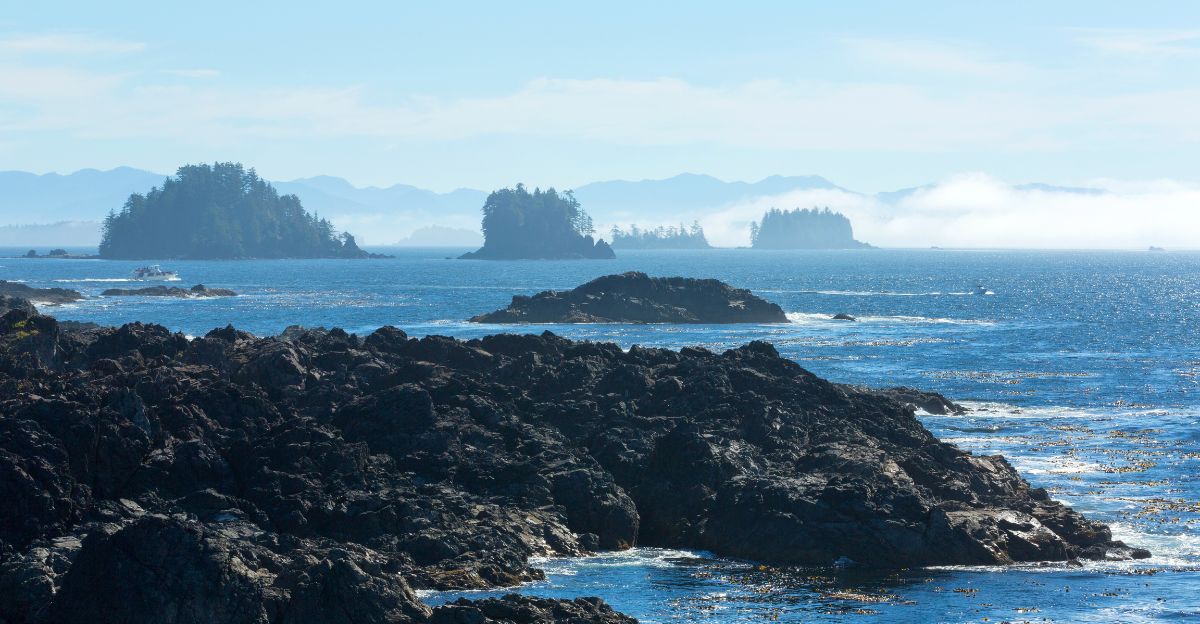
For centuries, tales of rogue waves were dismissed as seafaring exaggerations. But everything changed on New Year’s Day 1995, when sensors on Norway’s Draupner oil platform recorded a 25.6-meter (84-foot) wave. This wasn’t just a legend anymore—it was proof that waves this massive could emerge even in calm seas, rewriting our understanding of ocean behavior.
The Ucluelet Monster Wave
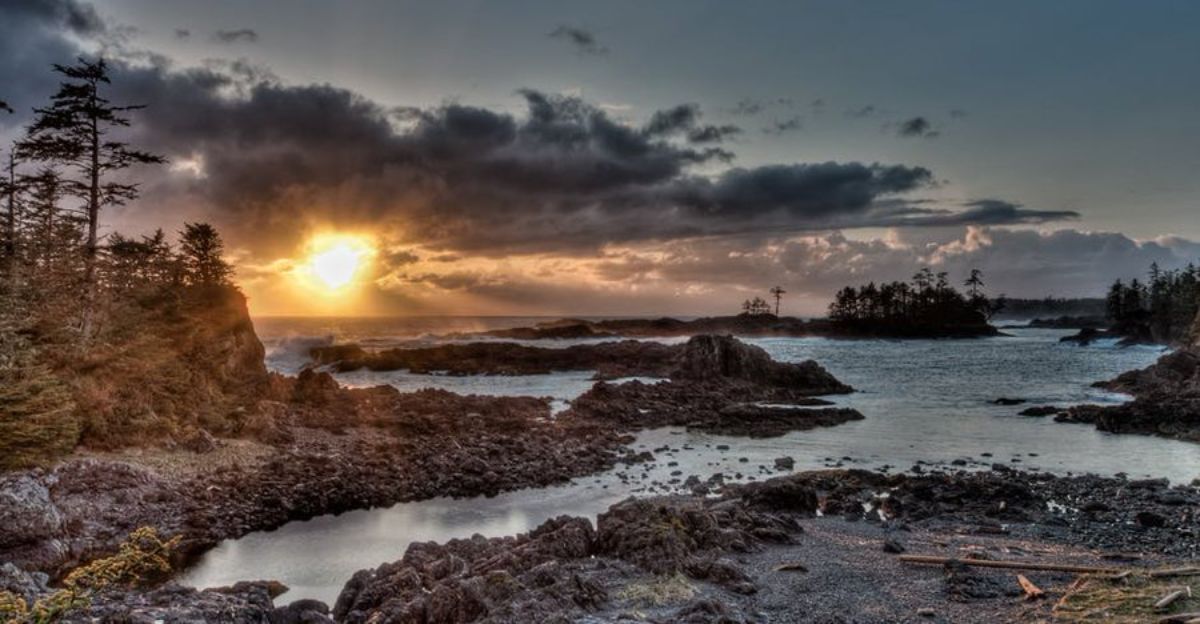
The 17.6-meter (58-foot) wave near Ucluelet wasn’t the tallest on record, but it was the most extreme. The surrounding sea state averaged just a few meters—this rogue shot up nearly three times higher. That kind of intensity is unprecedented. Statistically, scientists estimate such an event only occurs once every 1,300 years.
Why It Shocked Scientists
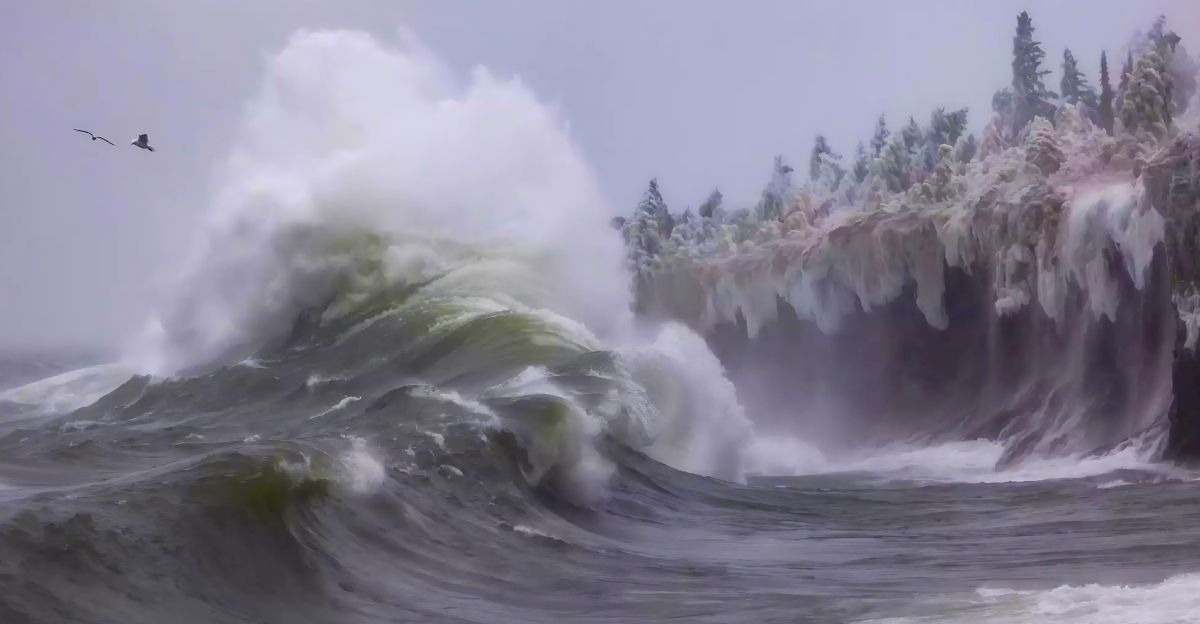
Waves as disproportionate as the Ucluelet rogue defy standard models. The sheer vertical difference between it and its neighboring waves stunned oceanographers. Most rogue waves blend into high seas. But here, the sea was relatively calm—making the spike even more alarming. Without a buoy in the right place, this event would have gone completely unnoticed.
The Buoy That Caught a Monster
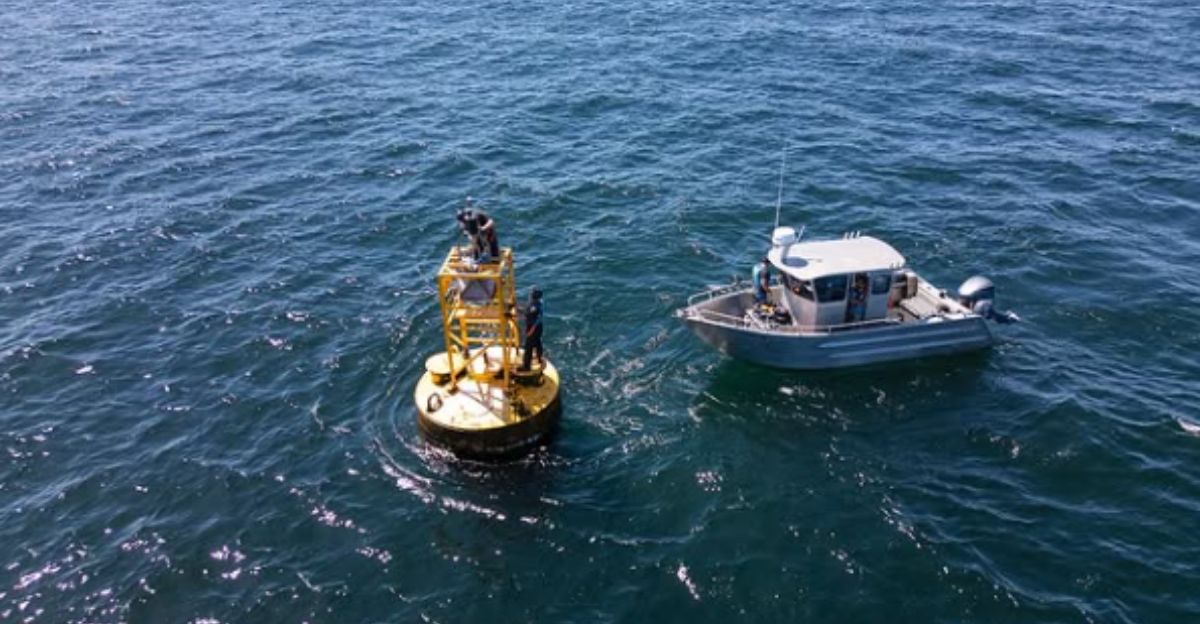
The rogue wave was recorded by a yellow MarineLabs buoy stationed off Vancouver Island. These buoys are part of a smart ocean network, transmitting real-time weather and wave data. On November 17, 2020, one of them picked up the rogue wave—a spike so dramatic it took scientists two years to fully analyze and confirm its magnitude.
Inside MarineLabs’ Coastal Network
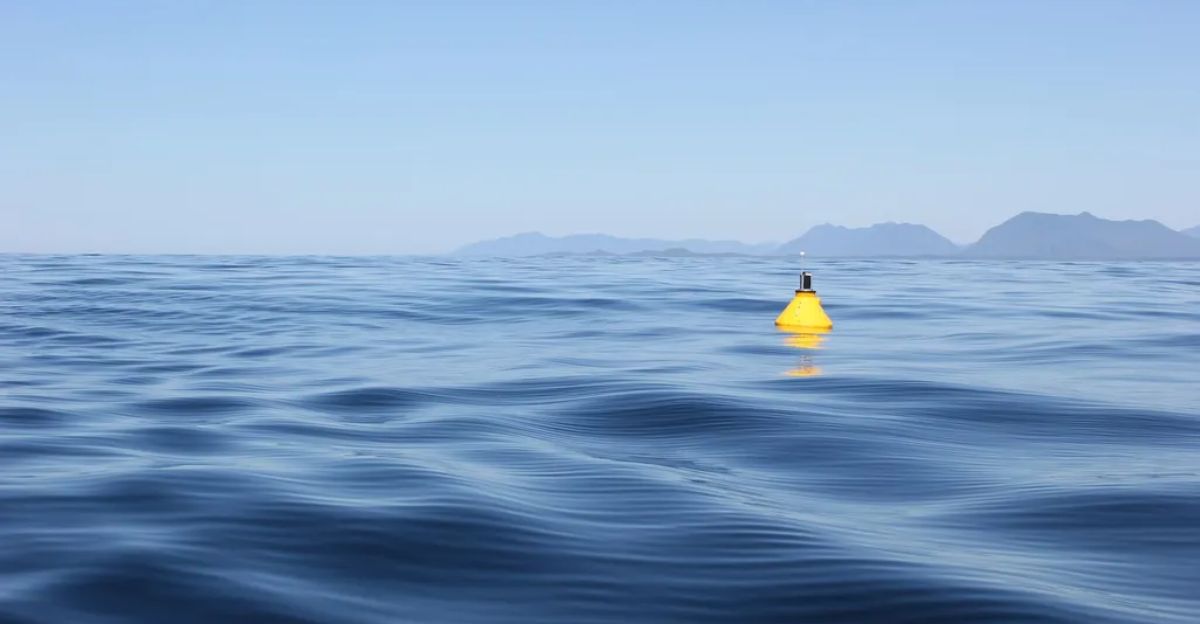
MarineLabs operates a network of buoys positioned to monitor wave behavior, currents, and storms. These aren’t passive instruments—they’re active listeners, feeding constant data to researchers. The buoy that recorded the Ucluelet wave wasn’t lucky; it was strategically placed. And it did its job perfectly, turning raw data into scientific history.
Draupner: The First Proof
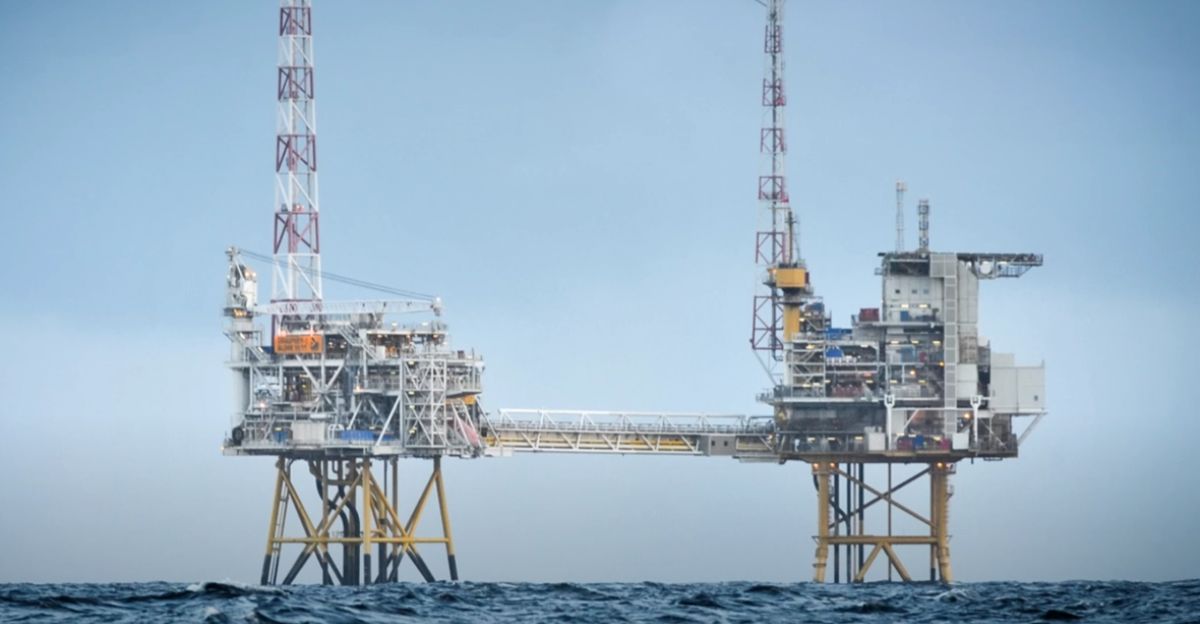
The Draupner wave was the first rogue wave confirmed by measurement, striking an oil platform in the North Sea. Its recorded height shocked scientists. Before Draupner, rogue waves were ghost stories. After that, they became part of oceanographic study. It opened the door for future findings—like the Ucluelet wave—to be taken seriously from the start.
Why These Waves Are So Dangerous
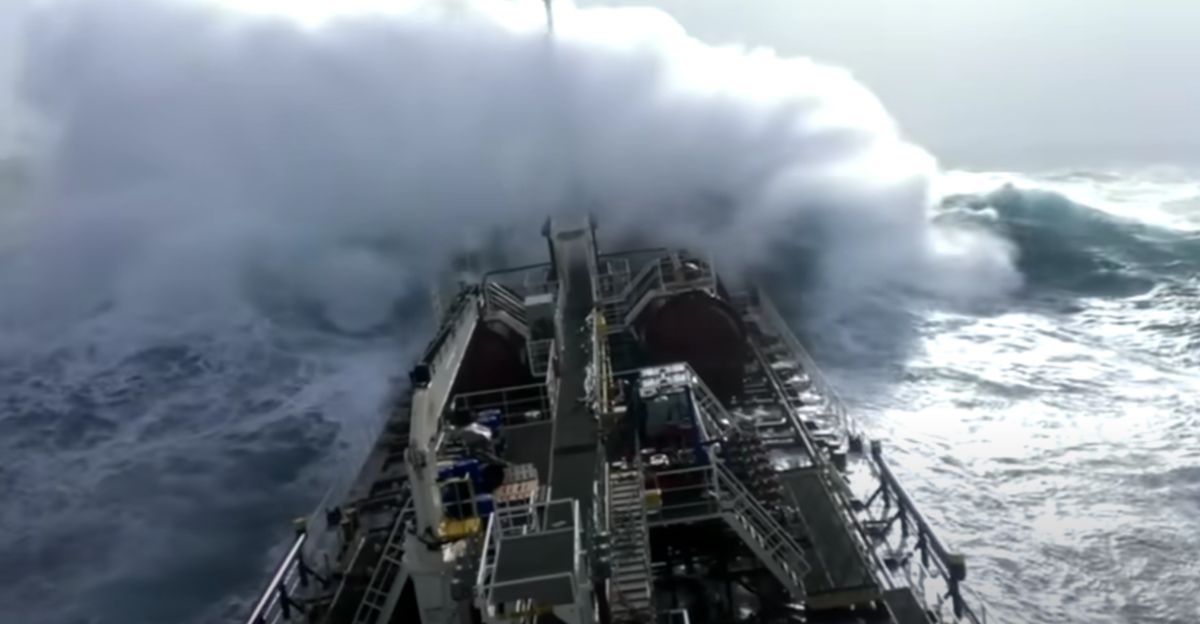
It’s not just their size—it’s their surprise. Rogue waves strike without warning. They’ve shattered windows 25 meters above sea level and capsized massive vessels. In the 1970s, ships that disappeared mysteriously may have actually been taken out by these sudden, towering water walls. Even beaches aren’t immune—some rogue waves have crashed onto unsuspecting coastlines.
The Growing Threat to Shipping and Infrastructure
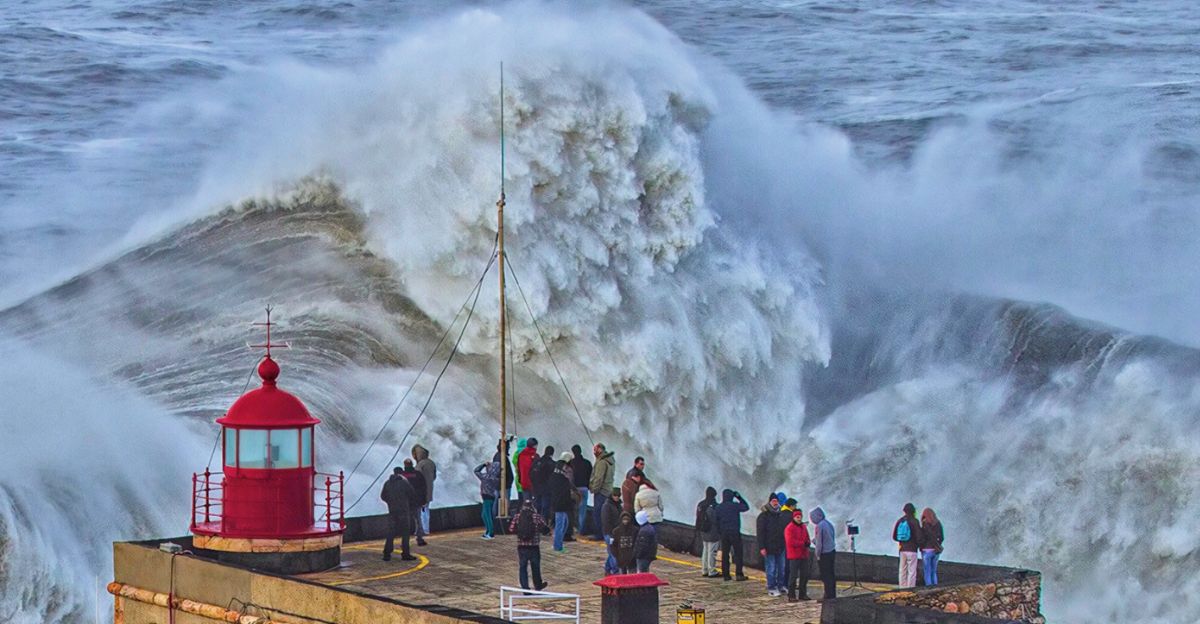
Rogue waves are a major hazard to ocean travel and infrastructure. These towering waves can overwhelm vessels built for normal sea conditions, damage oil rigs and wind farms, and even impact coastal structures. Their unpredictability is what makes them so dangerous—often forming suddenly from seemingly calm waters with little or no warning.
Is Climate Change Making Them Worse?
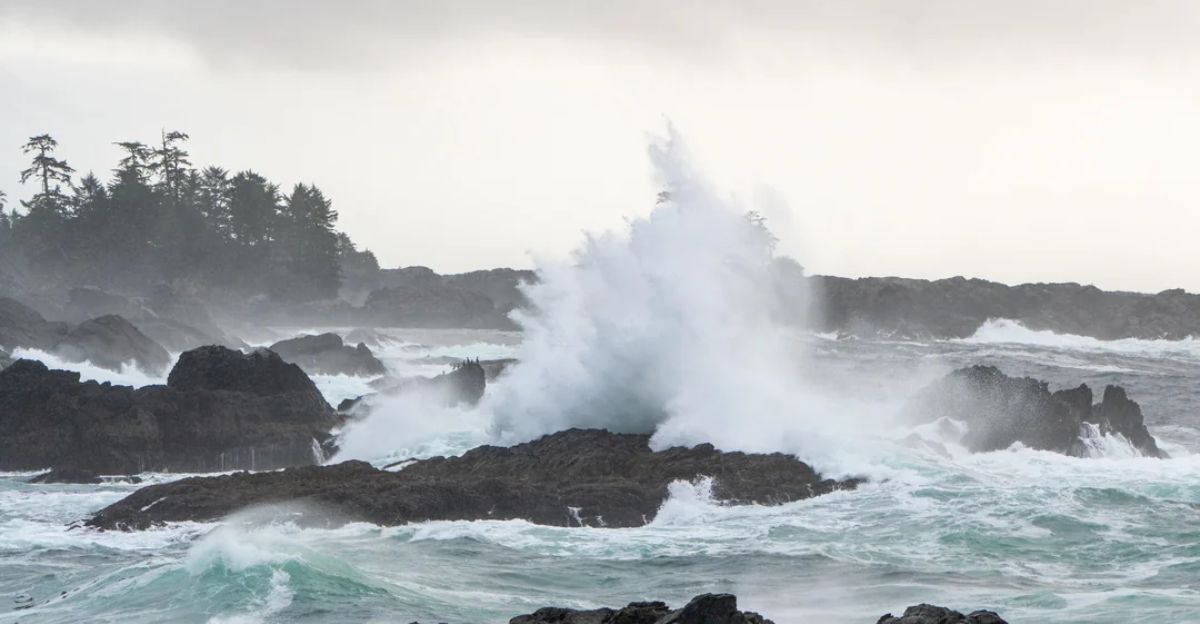
Alas, yes. Research indicates that climate change is intensifying severe ocean conditions more often. A 2020 study estimated that rogue waves might become more frequent as the ocean warms up and weather patterns change. In the North Pacific—where the Ucluelet wave was spotted—wave sizes will grow, potentially resulting in even more behemoth rogue occurrences.
What is frightening is that rogue waves currently don’t align with many of our existing models. If they’re becoming even bigger or more prevalent, then the ocean is less stable than we assumed. It’s not the future of storm surges we should fear—it’s these unexpected monsters.
Surfing? Not This One
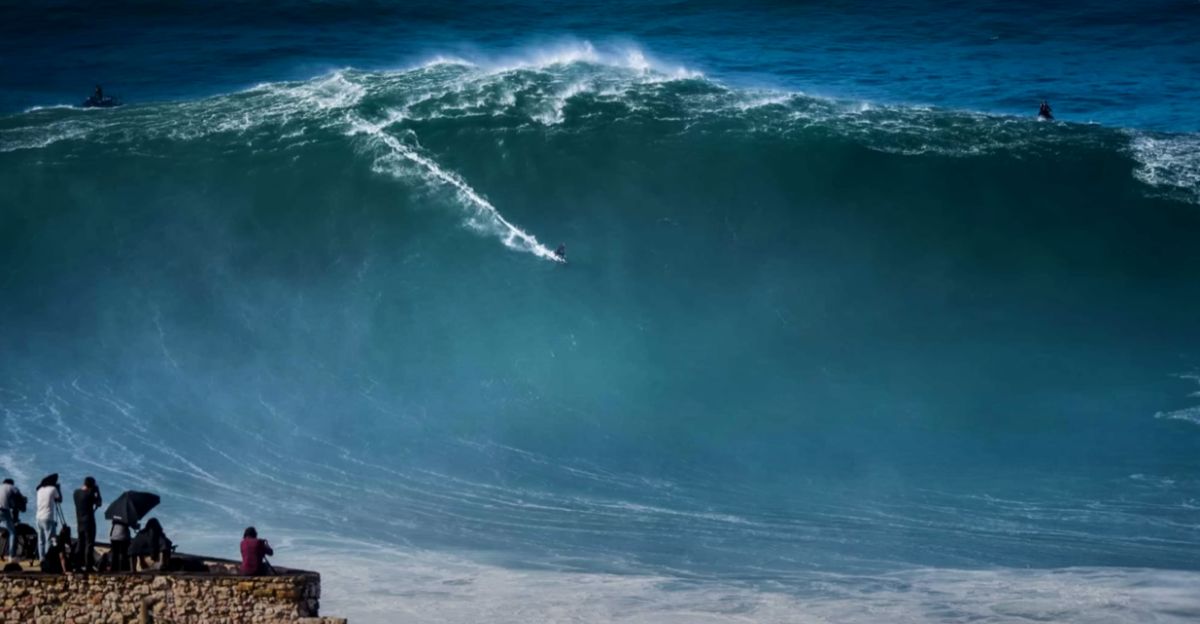
You may fantasize about waves like Portugal’s Nazaré, where surfers ride 100-foot monsters. But rogue waves aren’t like that. They’re momentary, unforgiving, and stunningly steep. These are not waves that you’re going to ride out as you see them breaking up. They defy physical laws that surfers base their rides on.
When a rogue wave like one off the west coast near Ucluelet makes landfall, there’s no heroism in surfing it—there’s only survival. Even the largest surfing wave in history is tame in comparison to the unpredictability of a rogue wave. It’s more than a height problem—it’s a problem of how violently and suddenly a rogue wave can appear out of nowhere.
Can We Predict Rogue Waves Yet?
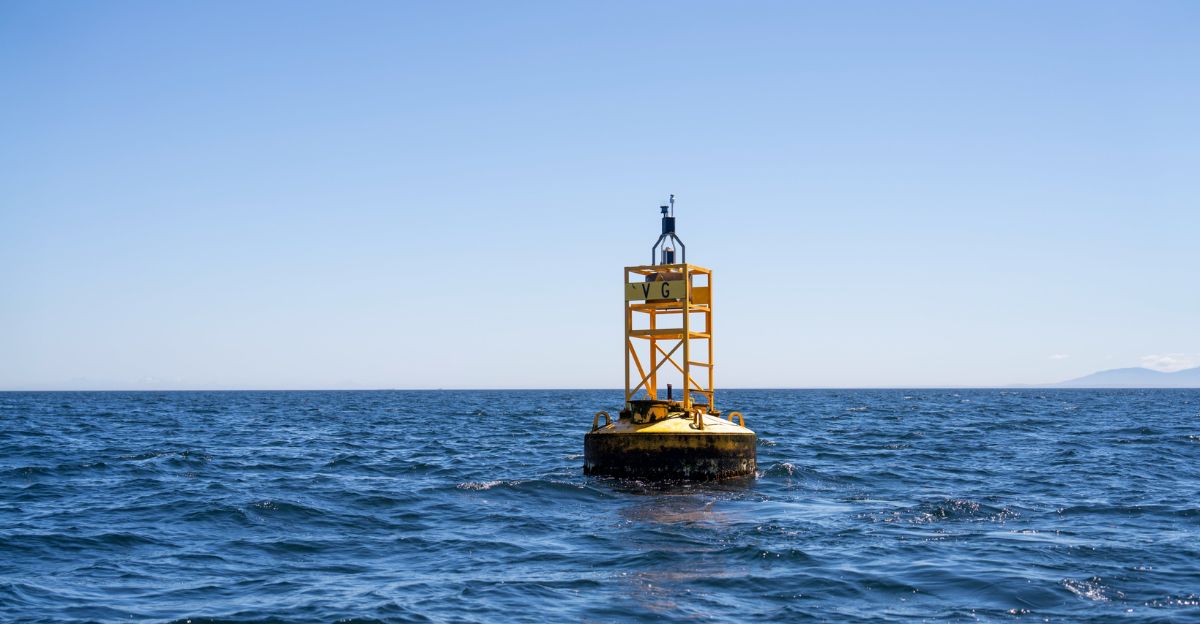
Not quite. Scientists are working on predictive models using real-time ocean data and wave interference theories. The idea is that smaller waves sometimes combine into a much larger one—a rogue. But pinpointing when and where that overlap will occur remains a major challenge. For now, the sea still keeps its secrets.
Growing Scientific Understanding
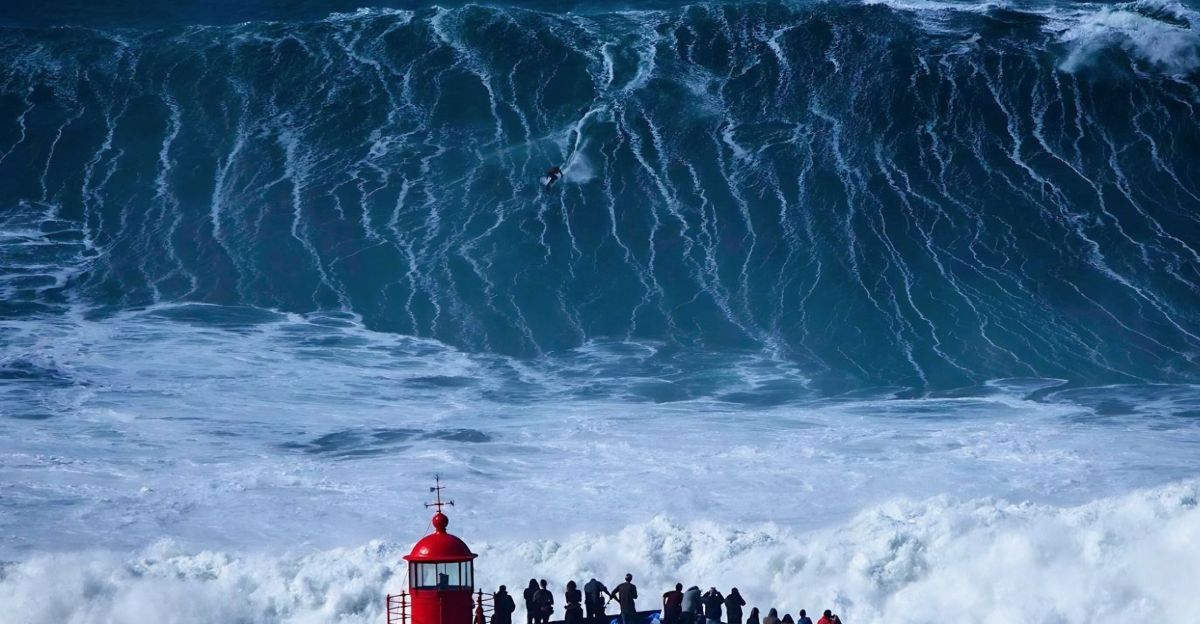
Rogue waves were once thought to occur just once in every 10,000 waves. But new research shows they result mainly from crest-trough alignment in linear wave patterns—not complex nonlinear processes. This shift in understanding may eventually lead to forecasting tools that help predict when and where rogue waves will appear.
Beyond Ocean Waves: A Universal Phenomenon
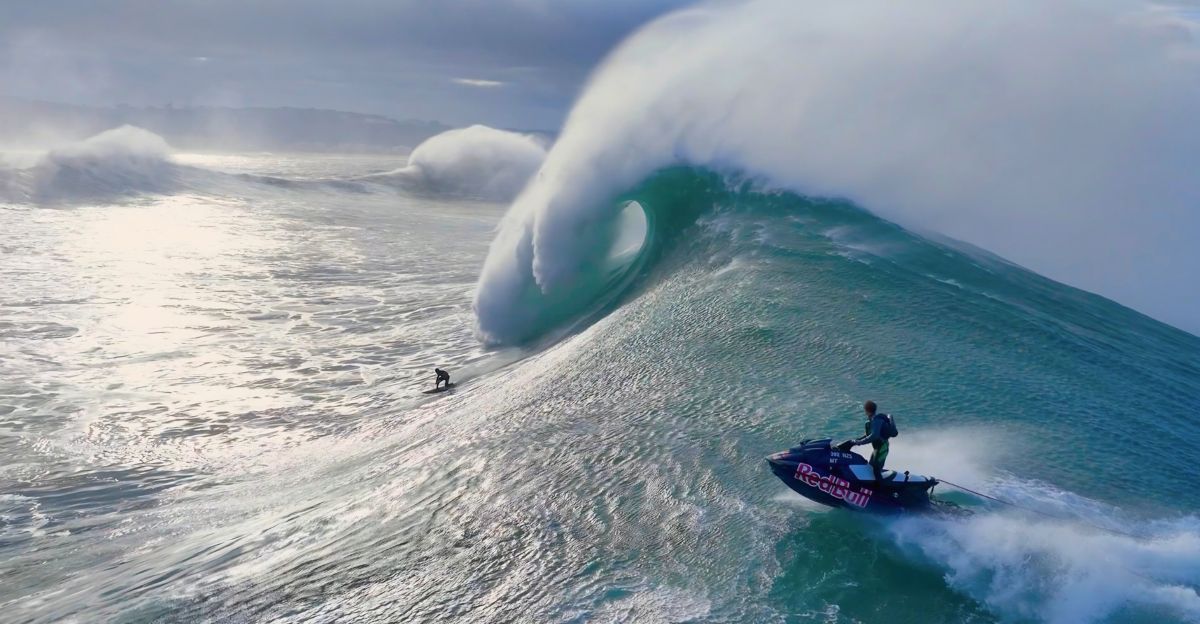
Rogue waves aren’t limited to oceans. Scientists observe similar extreme wave patterns in liquid helium, microwave cavities, and nonlinear optics. Studying these helps researchers understand how energy concentrates into sudden peaks—offering insights into unpredictable extreme events across multiple scientific fields.
The “Three Sisters” Phenomenon
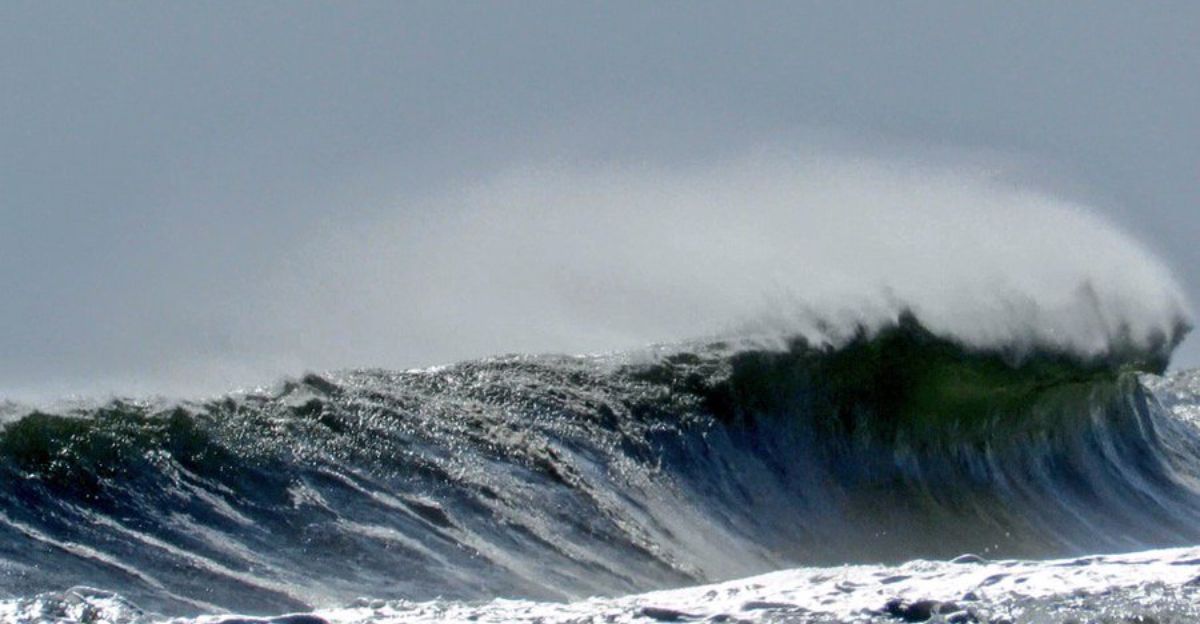
Some rogue wave events unfold as a sequence. Known as the “Three Sisters,” this phenomenon—especially common in Lake Superior—involves three large waves hitting in rapid succession. The second wave strikes before the first clears, and the third builds on backwash, dramatically increasing the risk of capsizing.
Coastal Communities at Risk
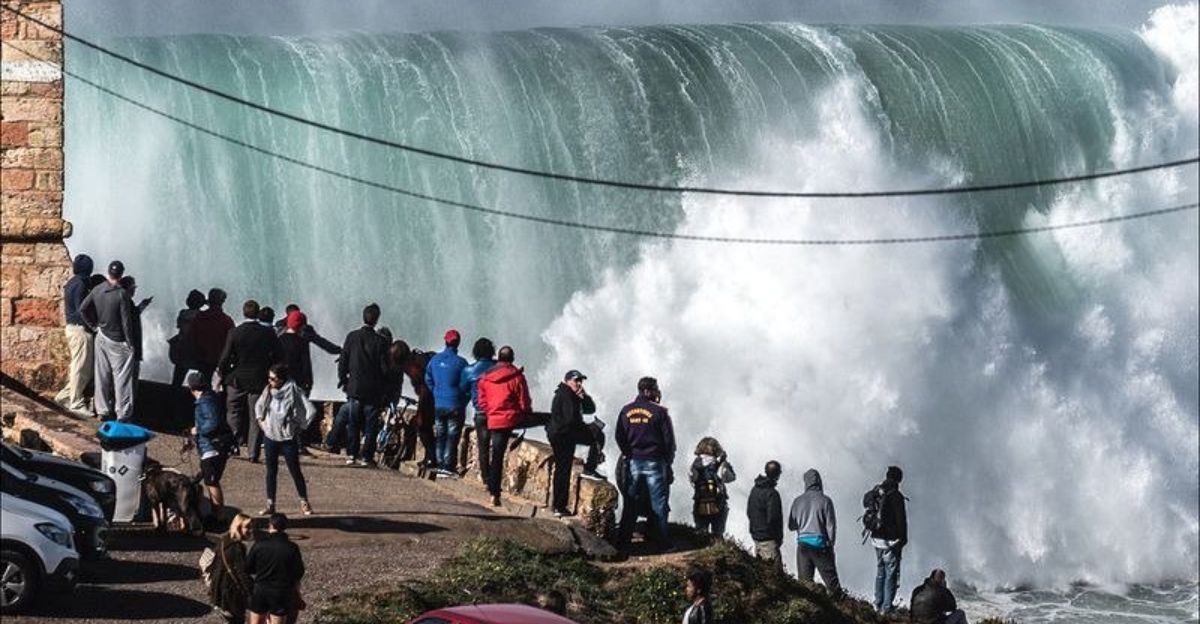
Rising sea levels are making coastal areas more vulnerable to rogue waves. When these waves coincide with elevated water levels, the damage to infrastructure can be severe. In California, recent storms triggered bluff collapses, flooding, and pier damage—a troubling sign of what climate change may bring.
The Pacific Ocean’s Changing Dynamics
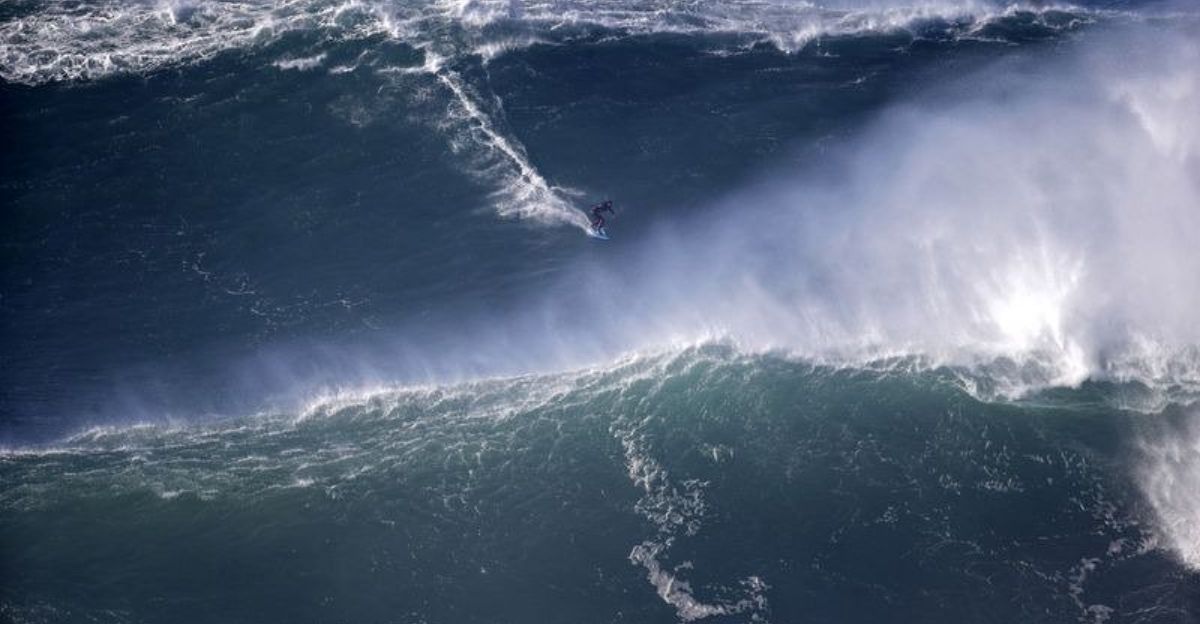
The Pacific Ocean is undergoing major changes that affect rogue wave formation. Seasonal extremes are increasing in the North Pacific, while projections show wave intensity could rise by 15% across Southern Hemisphere high latitudes and the tropical Pacific. These changes may lead to more frequent and severe rogue waves.
Real-Time Monitoring Offers Hope
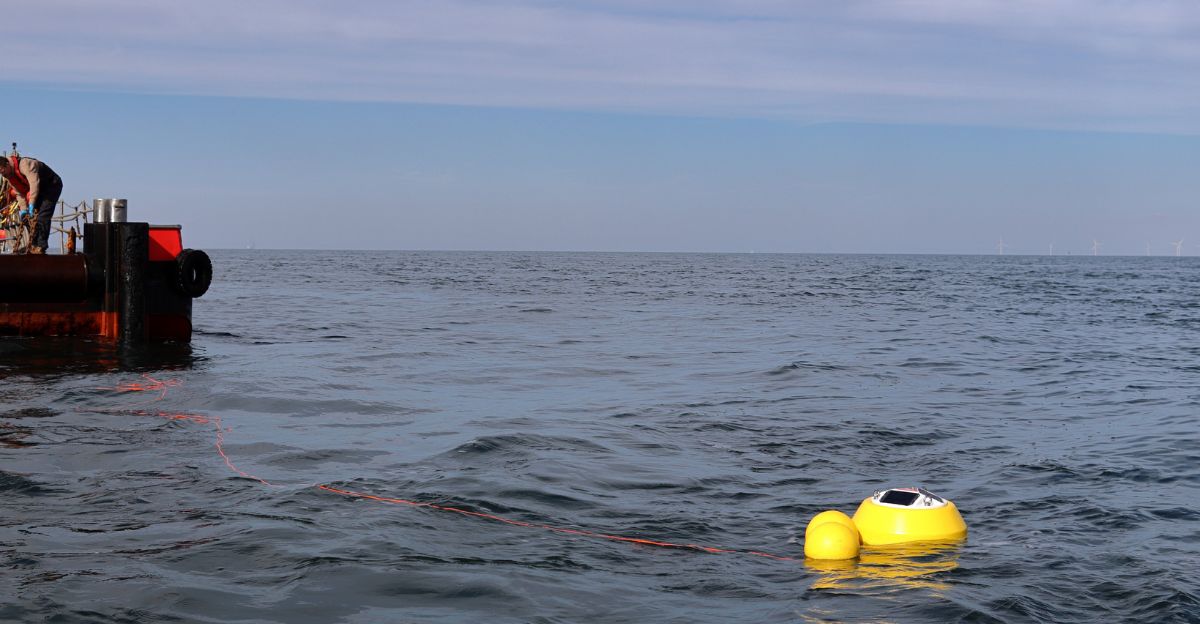
With tools like MarineLabs’ smart buoys, we’re improving our chances. These sensors feed wave height, speed, and timing data into forecasting models. Over time, this could allow scientists to identify areas at high risk of rogue waves. It’s not full prediction yet—but it’s a step closer to turning terror into anticipation.
What the Ocean Still Hides

The Ucluelet wave had us appreciate how much there is still to learn about the ocean. Despite all our satellites, sensors, and science, the sea still surprises us. There are probably rogue waves that have escaped detection, particularly in remote locations. Some others might have sunk ships we never found.
And others might be on their way, particularly with shifting climate cycles. This one-in-a-1,300-year event might not wait another 1,300 years to happen again. If anything, we owe thanks to that single buoy—for making it through the ride of a lifetime and providing scientists with yet another reason to study the deep sea further.
Explore more of our trending stories and hit Follow to keep them coming to your feed!

Don’t miss out on more stories like this! Hit the Follow button at the top of this article to stay updated with the latest news. Share your thoughts in the comments—we’d love to hear from you!







